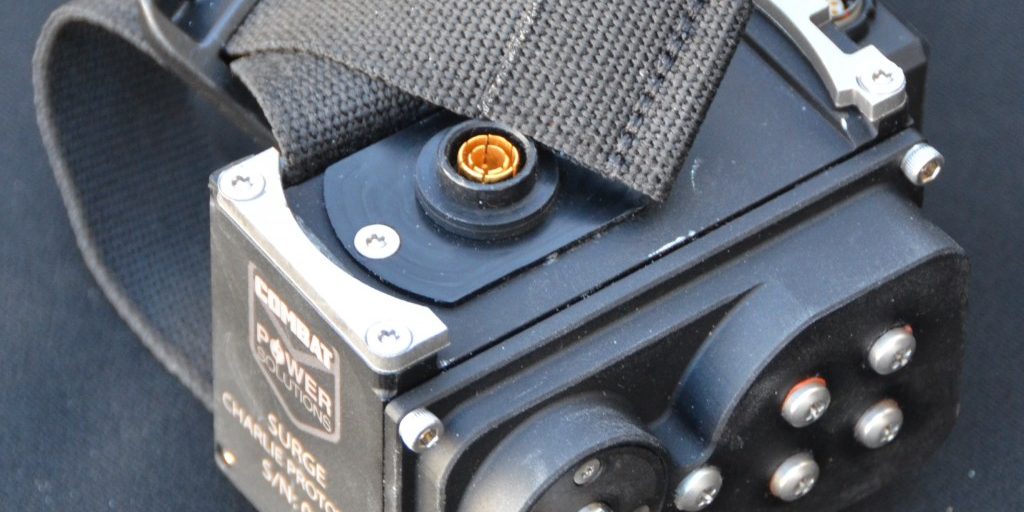WRIGHT-PATTERSON AIR FORCE BASE (AFB), Ohio (AFRL) – The Air Force Research Laboratory’s (AFRL’s) Battlefield Air Targeting Man-Aided Knowledge team, referred to as BATMAN, lent its effort to the Air and Space Forces’ Small Business Innovation Research (SBIR) program to make a few former Airmen’s dreams come true and potentially deliver a badly needed survival radio charger to the Warfighter.
These former Airmen formed the service-disabled, veteran-owned small business, Combat Power Solutions, to develop innovative technology that solves real-life Warfighter challenges, such as those they’d seen as Special Warfare Airmen. Their company, CPS, had only been in operation for a little over a year when they submitted an idea to SBIR and were invited to present their idea at the very first SBIR/Small Business Technology Transfer Pitch Day in New York City on March 6-7, 2019.
The Air Force held Pitch Day to introduce a faster, smarter method to get cutting-edge technologies and capabilities into the hands of Warfighters by speeding up the investment and DoD process. CPS managing partner, Chris Larkin, said that with his business partners, he presented their pitch in a 10-minute format much like the T.V. show Shark Tank.
“The process that the Air Force use[s] [in Pitch Day] is really innovative,” Larkin said. “Companies presented their technology concepts, [the government panel] did a small huddle to decide whether they were going to select us or not, we went next door, the government swiped their credit card, and we had money in our account—here we are, a small business with no inbound revenue before that.”
The average contract award time and payment during Pitch Day took 15 minutes, and over $131 million in total was awarded through various contracts during Pitch Day events.
“What is really unique about this opportunity is that the Air Force has invested heavily in the SBIR program because they want to build up and increase the relationships in the military-industrial base and take advantage of the innovative spirit of Americans,” Larkin said. “It’s a really cool kind of win-win story where former Air Force guys are taking advantage of an Air Force program to help solve Warfighter capability gaps.”
With the above swipe alone, CPS was given $150,000 for a six-month, Phase I contract to develop a large prototype of an in-line charging system for the Combat Survivor Evader Locator (CSEL) radio. The desired function of this system is to specifically power and charge the battery of the CSEL radio, a device already included in ejection-seat-housed survival kits used by downed pilots.
While AFLCMC’s Special Warfare Systems Program Office at Wright-Patterson AFB awarded and managed the contract, it turned to the BATMAN program in AFRL’s 711th Human Performance Wing for a technical point of contact (TPOC). The BATMAN team includes experts in a wide range of disciplines, such as electrical, mechanical, and biomedical engineering and software, who develop technologies for the Air Force’s Special Warfare personnel, such as combat controllers and tactical air control. Lt. Patrick Assef, who had experience working on a previous CSEL battery project at a university in Michigan, served as the initial TPOC until very recently. Because the CSEL radio is a controlled item, he was vital in obtaining a mock CSEL radio from Air Combat Command for CPS to use and reference as they worked to develop a smaller charger prototype that would precisely fit the radio, Larkin said.
As a result of the successful SBIR Phase I effort, CPS applied for and was awarded an SBIR Phase II contract in order to further refine the functionality and size of the prototype. This development took place over an 18-month period, which saw CPS’s Surge Tactical Charger device evolve through five different prototypes. Assef and the BATMAN team helped coordinate collaboration with other Air Force organizations for the testing of these prototypes.


